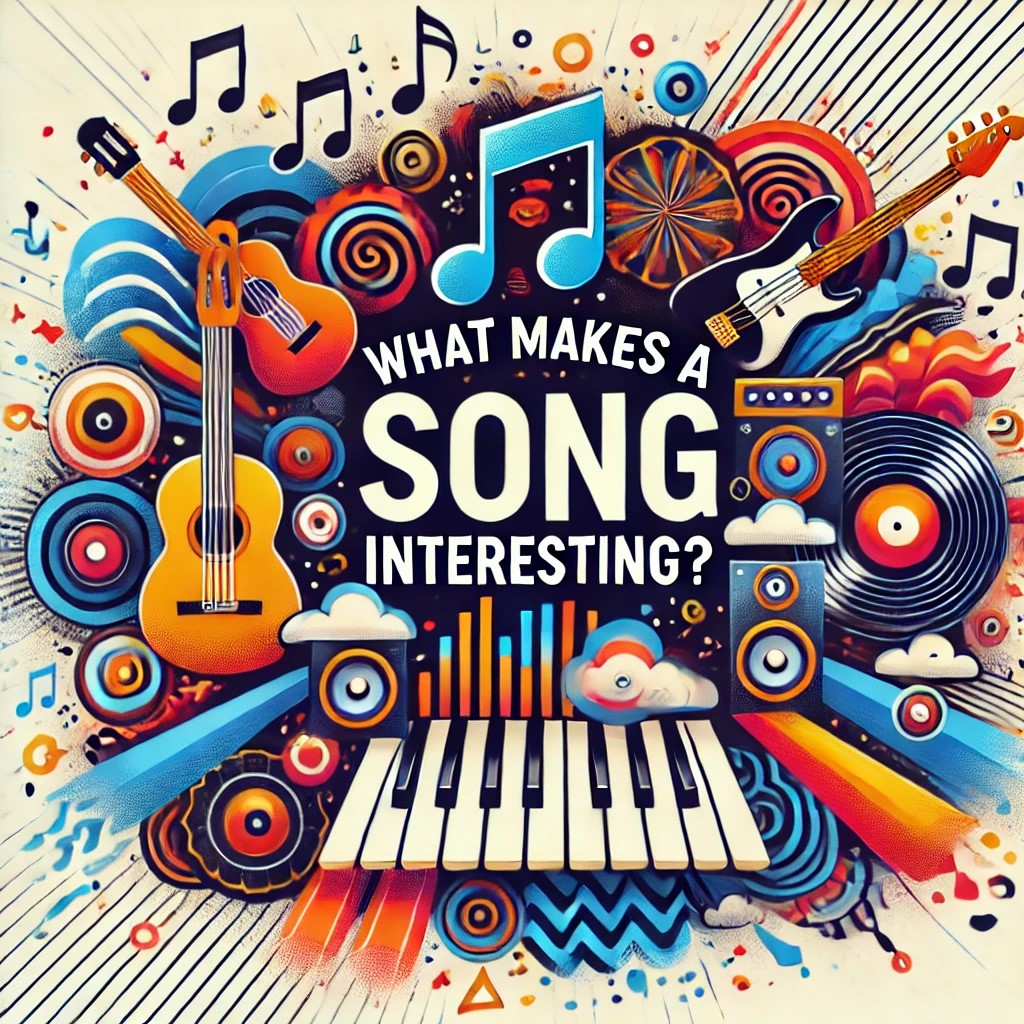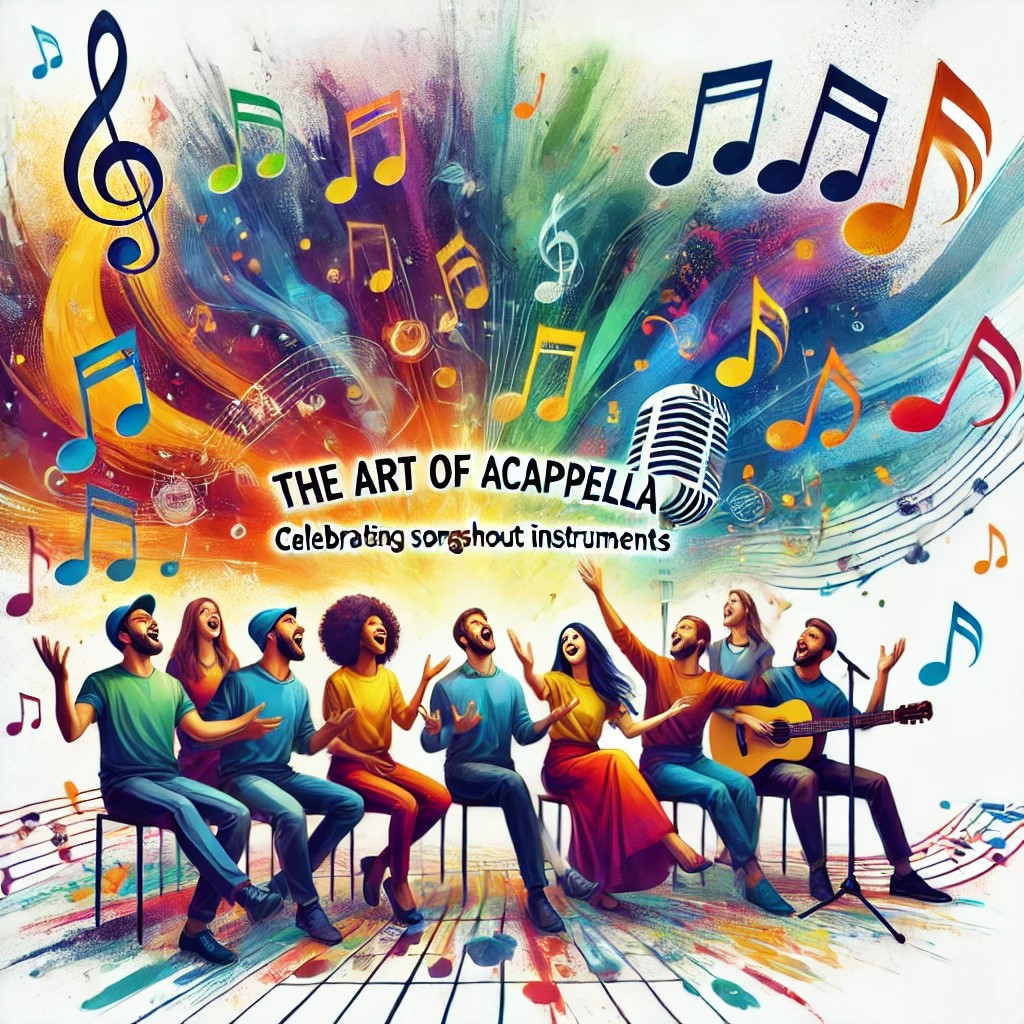How Lyrics Shape Our Favorite Songs?
Have you ever found yourself humming a tune, lost in the lyrics that seem to speak directly to your soul? The power of music is undeniable, but have you stopped to wonder about the role of lyrics in a song? Whether it’s the haunting refrain of a love ballad or the spirited verses of an upbeat anthem, lyrics are the heart and soul of any musical piece. For music lovers, understanding the significance of lyrics can deepen the appreciation of their favorite tunes.

Why Lyrics Matter in Music
Lyrics are the narrative core of a song, offering a window into the artist’s thoughts, feelings, and experiences. They transform a simple melody into a story that listeners can relate to on an emotional level. A song without lyrics is like a book without words—it may still convey feelings through music but lacks a direct message.
Lyrics also serve as a bridge between the artist and the listener. Through carefully chosen words and phrases, artists can express complex emotions and thoughts. This connection creates a sense of intimacy and relatability, making the song more impactful and memorable.
The Emotional Connection
One of the primary roles of lyrics is to evoke emotions. A well-written song can make you feel joy, sadness, anger, or nostalgia. Consider songs about August, which often evoke a sense of summer’s end and the bittersweet transition to fall. The lyrics capture these feelings, transporting you to a specific time and place.
For example, “August” by Taylor Swift paints a vivid picture of a fleeting summer romance. The lyrics, combined with the music, create an emotional landscape that listeners can immerse themselves in. This emotional resonance is what makes a song stay with you long after it’s finished playing.
Storytelling Through Lyrics
Lyrics are not just about emotions; they also tell stories. Many songs are mini-narratives that take the listener on a journey. This storytelling aspect is crucial in genres like country, folk, and hip-hop, where the lyrics often depict life experiences, challenges, and triumphs.
Take “The Night We Met” by Lord Huron, for instance. The lyrics recount a poignant love story, drawing the listener into the narrative. Through vivid imagery and descriptive language, the song creates a cinematic experience, making it easy for listeners to visualize the scenes and connect with the characters.
Cultural and Social Commentary
Lyrics also serve as a platform for cultural and social commentary. Artists often use their music to address important issues, raise awareness, and inspire change. This role of lyrics is particularly evident in genres like punk, rap, and protest music.
Songs like “Imagine” by John Lennon and “Fight the Power” by Public Enemy are prime examples of how lyrics can influence societal perspectives. These songs go beyond entertainment; they challenge listeners to think critically about the world around them and consider different viewpoints.
The Art of Lyrical Composition
Writing lyrics is an art form that requires creativity, skill, and a deep understanding of language. Great lyricists know how to play with words, create metaphors, and craft lines that are both meaningful and memorable. They understand the importance of rhythm and rhyme, ensuring that the lyrics flow seamlessly with the music.
Bob Dylan, Leonard Cohen, and Joni Mitchell are celebrated for their lyrical prowess. Their songs are rich with poetic language and profound insights, making them timeless classics. Aspiring songwriters can learn a lot from studying their work and understanding the techniques they use to convey their messages.
Lyrics as a Reflection of Identity
For many artists, lyrics are a reflection of their identity. They provide a glimpse into the artist’s personality, beliefs, and values. This authenticity makes the music more relatable and genuine, allowing listeners to connect with the artist on a deeper level.
Consider the introspective lyrics of Billie Eilish. Her songs often explore themes of mental health, self-doubt, and personal growth, resonating with fans who face similar struggles. This honesty and vulnerability make her music impactful and relatable, fostering a strong connection with her audience.
The Role of Lyrics in Different Genres
The importance of lyrics varies across different musical genres. In pop music, catchy and repetitive lyrics are often used to create memorable hooks. In rap, the focus is on wordplay, rhythm, and storytelling. In rock and metal, lyrics can range from personal introspection to social and political commentary.
Each genre has its unique approach to lyrics, but the underlying goal remains the same—to communicate a message and evoke a response from the listener. Understanding these nuances can enhance your appreciation of different musical styles and the lyrical craftsmanship involved.
Collaborative Songwriting
Songwriting is often a collaborative process, with multiple writers contributing to the lyrics. This collaboration can bring different perspectives and ideas to the table, resulting in richer and more diverse lyrics. Famous songwriting duos like Lennon-McCartney and Elton John-Bernie Taupin have created some of the most iconic songs through their collaborative efforts.
Collaboration also allows artists to experiment with different lyrical styles and themes, pushing the boundaries of their creativity. It’s a testament to the idea that two (or more) heads are better than one when it comes to crafting compelling lyrics.
The Impact of Lyrics on Popularity
Lyrics play a significant role in the popularity of a song. Catchy and relatable lyrics can turn a song into a hit, making it resonate with a broad audience. Social media platforms like TikTok have amplified this effect, with viral lyrics leading to increased streams and chart success.
For example, the catchy and empowering lyrics of “Good 4 U” by Olivia Rodrigo contributed to its massive popularity. The song’s relatable themes of heartbreak and resilience struck a chord with listeners, making it a viral sensation.
The Evolution of Lyrics
Lyrics have evolved over time, reflecting changes in culture, society, and technology. Early music often featured simple and repetitive lyrics, while modern songs can be more complex and layered. The rise of digital music and streaming services has also influenced lyrical trends, with shorter songs and hooks becoming more prevalent.
Despite these changes, the core purpose of lyrics remains the same—to connect with listeners and convey a message. Understanding this evolution can provide insights into the future direction of music and lyrical composition.
Engaging with Lyrics
As a music lover, engaging with lyrics can enhance your listening experience. Take the time to read and analyze the lyrics of your favorite songs. Consider the themes, metaphors, and emotions conveyed. Reflect on how the lyrics make you feel and why they resonate with you.
You can also explore different interpretations of lyrics, as many songs can have multiple meanings. Discussing lyrics with other music enthusiasts can offer new perspectives and deepen your appreciation of the artistry involved.
Why Lyrics Matter to You
Lyrics are a powerful tool that can shape your musical experience. They offer a window into the artist’s soul, evoke emotions, tell stories, and provide social commentary. By understanding the role of lyrics in a song, you can enhance your connection to the music you love.
Whether you’re drawn to songs about August or any other theme, the lyrics play a crucial role in making that song meaningful and memorable. They are the heart and soul of music, transforming melodies into messages that resonate with listeners across the globe.
Discover the Magic of Lyrics
Ready to explore the magic of lyrics further? Join our community of music lovers and gain access to exclusive content, discussions, and resources. Whether you’re a casual listener or a passionate enthusiast, there’s always something new to discover in the world of lyrics.
Sign up today and start your lyrical journey with us. Let’s celebrate the artistry of lyrics and the stories they tell, one song at a time.








